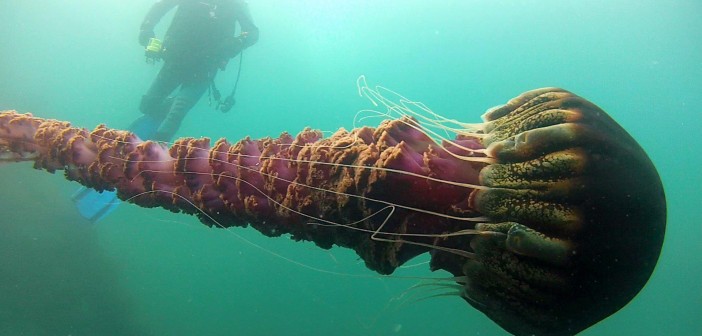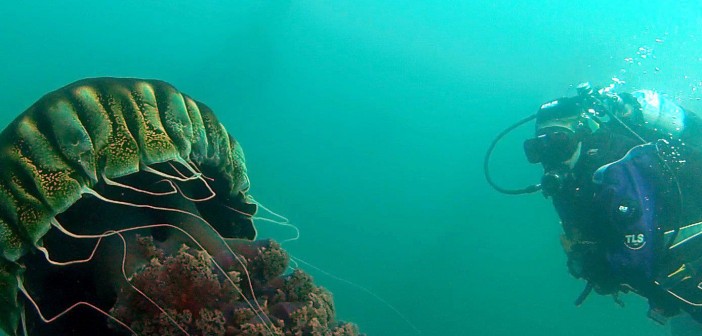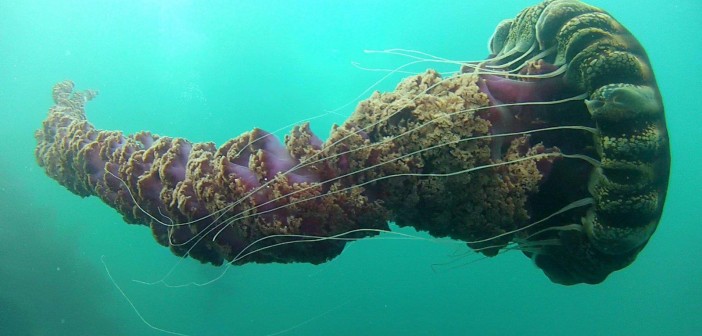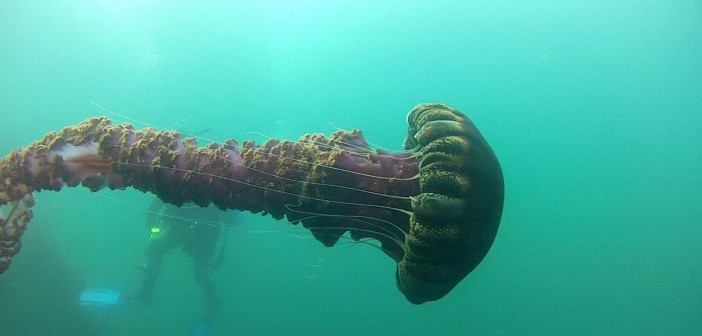 Say hello to today’s featured diver, Michael Bear from Ocean Sanctuaries, a citizen science directed ocean non profit organisation.
Say hello to today’s featured diver, Michael Bear from Ocean Sanctuaries, a citizen science directed ocean non profit organisation.
Full Name: Michael Bear
Age: 58
Live In: San Diego, California
Working For: Ocean Sanctuaries (a citizen science directed ocean nonprofit organization)
Diver Qualifications: PADI Master Scuba Diver/over 1000 dives.
When and where did you start diving?
My first experience with scuba diving was at the age of 11, in Thailand. I later became a certified scuba diver while in college.
Why did you start diving?
There was something ineffable that simply seemed to draw me to the ocean–I’m not sure even now I can explain exactly what. But, once I got down there, I felt at home and knew that’s where I belonged.
What made you choose to become a dive professional? (if applicable)
I am not a dive professional or instructor.
Which is your favourite dive site and why?
I have dived in tropical locations such as Florida and Bonaire and Thailand and they are all extremely beautiful places.
However, I have to say that since I have become acclimated to cold-water diving in Southern California (something I realize is not for everyone), Scripps Canyon, which is actually a wall dive off of Black’s Beach in San Diego is probably my favorite spot.
It is probably the only wall dive in San Diego, and drops literally hundreds of feet straight down, with an abundance of colorful cold-water marine life, such as Gorgonian sea fans, yellow, orange and red sea sponges, Swell sharks hiding in the crevices as well as numerous species of fish and nudibranchs. We have a species of fish in San Diego, called the Sheephead, which is capable of switching gender depending on the circumstances.
What has been the most memorable dive of your life and why?
Probably my most memorable dive was when we surfaced after a dive in Pt Loma, San Diego a couple of years ago and found ourselves surrounded by a ‘swarm’ of several dozen very large, mildly-venomous sea jellies, known as Black Sea Nettles (Chrysaora achlyos), which can grow up to 25 ft long and are extremely rare on the West Coast of the US. In fact, very little is know about them, including where they come from, or even where they go after you encounter them.
If you would come back as a marine life form in your next life, what would that be?
I think as a Whale Shark: the largest shark in the world, but totally harmless and feeds on plankton.
Who is your dream dive buddy?
Similar to the one I have now: someone whom I’ve known for many years; someone whom I’ve dived with often enough that we both know each others diving habits and trust the other with our lives.
What dive locations are on your dream “bucket list” and why?
Well, let’s see: Hawaii and the Night Manta Ray dive (for obvious reasons) and the Galapagos, because it’s a premier cold-water diving site known throughout the world for its spectacular marine life.
What is on your bedside table right now?
The Decline and Fall of the Roman Empire by Edward Gibbon. Just kidding. Actually, I read most of my books on Kindle, so most recently it would have been ‘Man Without a Face: the Rise of Vladimir Putin.
What is your favourite piece of diving equipment and why?
Well, although technically it’s not ‘diving gear’ per se, I would say my Go Pro, because it allows me to record all my dives visually.
If you were to launch a campaign to raise awareness on a specific issue that affects divers, the oceans or marine life, what issue would you target and why?
Well, where to begin, right? I think if I had to pick one, overarching issue with the ocean, it would be against the horrendous effects that plastics and microbeads are having: what with a gyre larger than the state of Texas in the Pacific ocean and several smaller ones elsewhere, it has reached critical mass and needs to be addressed. While the fact that several manufacturers have recently agreed to eliminate microbeads from their products is certainly a step on the right direction, we obviously have a long way to go. I fear we are approaching the tipping point with the oceans and we need to take decisive action and soon.
Where will you be in 10 years and what will you be doing?
Hopefully, still diving and running shark citizen science programs.
You can learn more about Ocean Sanctuaries at: http://www.oceansanctuaries.org/ and read all articles by Michael at: https://www.thescubanews.com/author/mike-bear/












